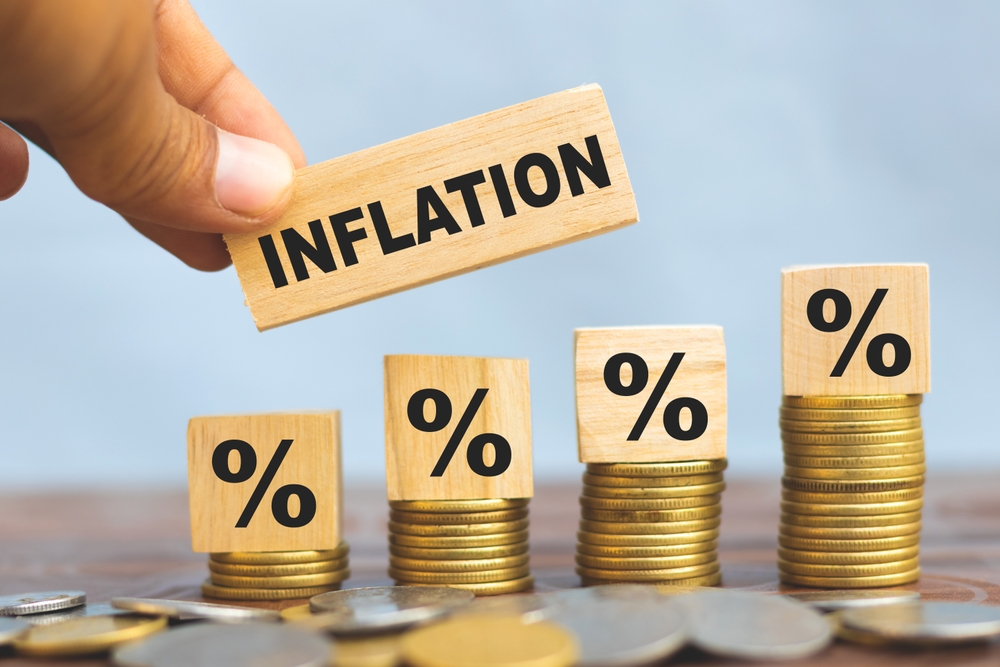Inflation in the United States continues to trend downward, inching closer to the Federal Reserve’s 2% target. The Commerce Department’s latest data shows the Personal Consumption Expenditures (PCE) price index, the Fed’s preferred inflation gauge, increased by just 2.1% for the year ending in September—a drop from August’s 2.3% and the lowest level in three and a half years. This deceleration in inflation is spurring expectations that the Fed will lower interest rates in its upcoming meeting next week, setting the stage for a potential economic boost.
Fed Rate Cuts Likely as Inflation Remains Low
As inflation inches closer to the Fed’s 2% target, economists widely expect the central bank to continue cutting interest rates. “The die is more or less cast for a rate cut next week,” said Olu Sonola, head of US economic research at Fitch Ratings, who pointed to the strength in the labor market and consistent economic growth as supportive factors for the Fed’s anticipated move. With the Fed already starting rate cuts in September, projections suggest two more smaller cuts will follow, with the first likely coming next week.
Fed Chair Jerome Powell has signaled his openness to additional rate reductions, which align with market expectations of a quarter-point cut. This shift follows a half-point cut in September, though recent minutes from that meeting revealed a split among Fed officials on further easing efforts. The CME FedWatch Tool indicates the market overwhelmingly expects this quarter-point cut, reflecting a broader consensus around the need for adjusted monetary policy.
Core Inflation Stabilizes but Sticky Prices Remain
The report also detailed core PCE, a measure excluding food and energy prices due to their volatility, which rose 0.3% monthly, sustaining an annual rate of 2.7% for the third consecutive month. This steadiness in core inflation is attributed to lingering price pressures in housing, real estate, and insurance sectors, noted Gregory Daco, chief economist at EY Parthenon.
With overall inflation trends aligning closer to the Fed’s goal, Daco stated, “These latest readings indicate that it’s more than time for the Fed to recalibrate monetary policy away from the restrictive stance that it adopted when inflation was closer to 6%.”
Consumer Spending and Income Rise, Fueling Economic Growth
The PCE price index report also highlighted the resilience of the U.S. economy, with both consumer income and spending rising. Personal income grew by 0.3% in September, while spending rose by 0.5%, outpacing income growth and pushing inflation-adjusted spending up by 0.4%. This rise in consumer activity is reflected in the national savings rate, which fell to 4.6%, the lowest point this year, as consumers drew more from their savings to sustain spending.
“The labor market remains sturdy, and with good job and wage gains, consumer spending can increase at a steady pace, powering overall economic growth,” noted Gus Faucher, chief economist at PNC.
Labor Market Strength Likely to Sustain Economic Momentum
Despite concerns over temporary setbacks from labor strikes and hurricanes, which could reduce October’s job gains by around 100,000, economists remain optimistic. Consensus estimates expect a net gain of 117,500 jobs in October, down from September’s 254,000, but still within a historically strong range. This steady job growth is essential for sustaining consumer spending and economic momentum as inflation cools.
With inflation nearing the Fed’s 2% target, the stage appears set for a further interest rate cut in next week’s Fed meeting, signaling a potential shift toward more balanced economic growth. While sticky prices in some sectors remain a consideration, the combination of a resilient labor market, rising consumer spending, and low inflation suggests a positive outlook. As the Fed recalibrates its policy, the U.S. economy is positioned for stable growth in the months ahead, driven by strong consumer activity and bolstered by lower borrowing costs.


